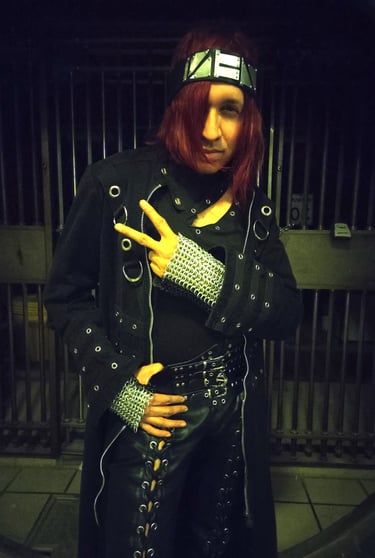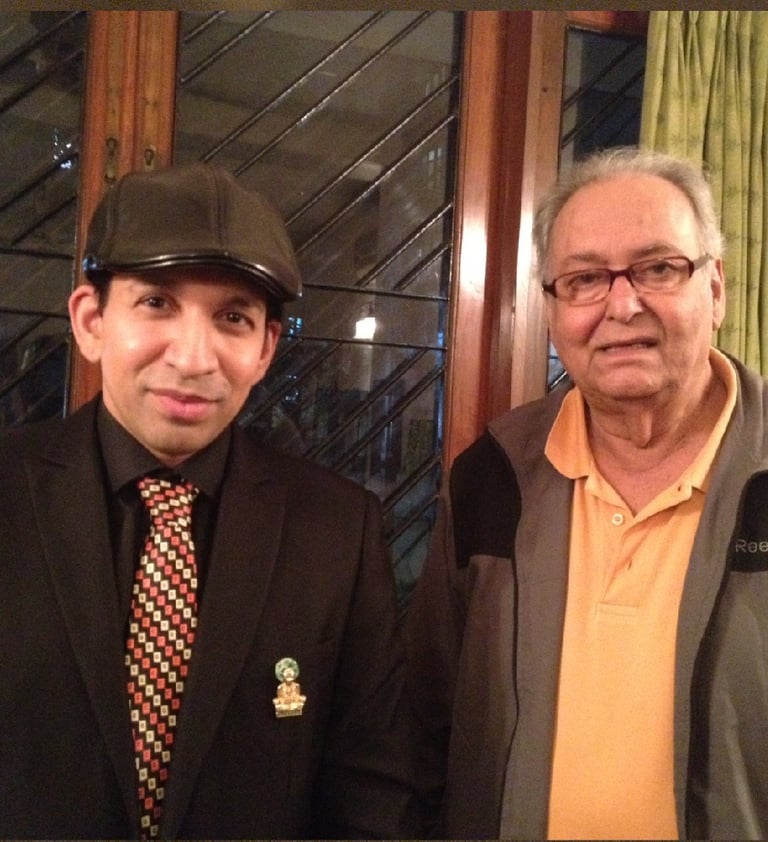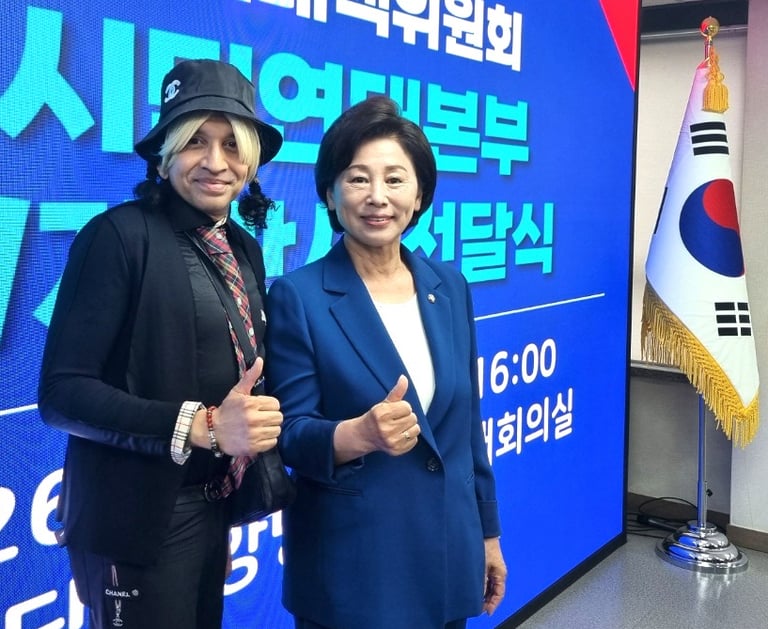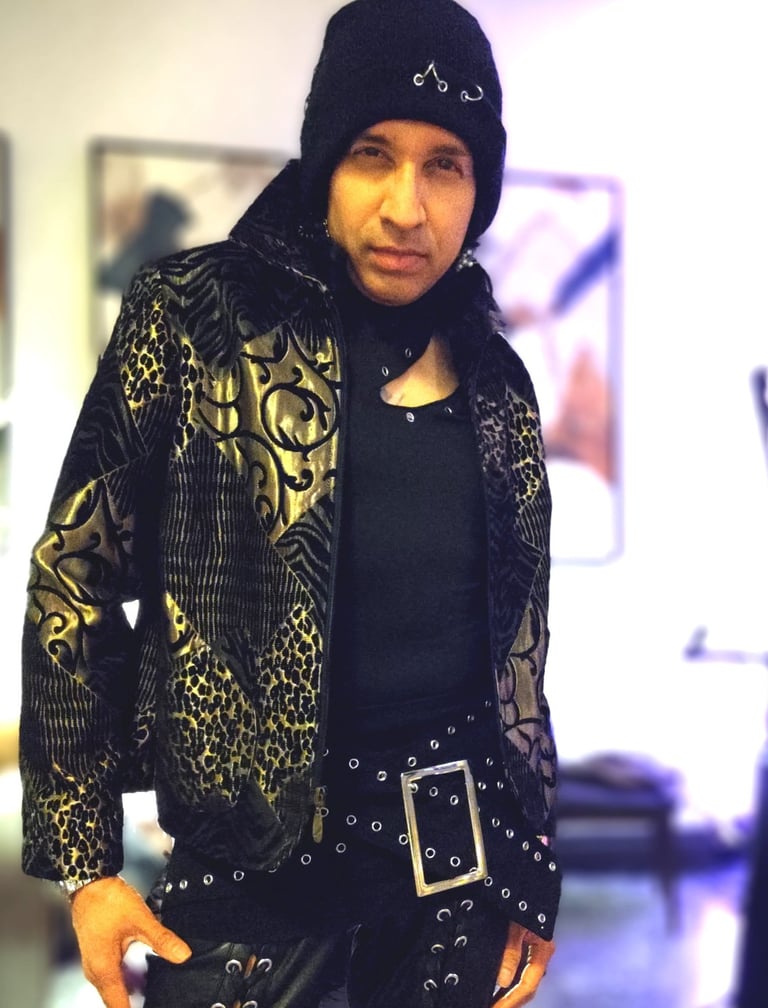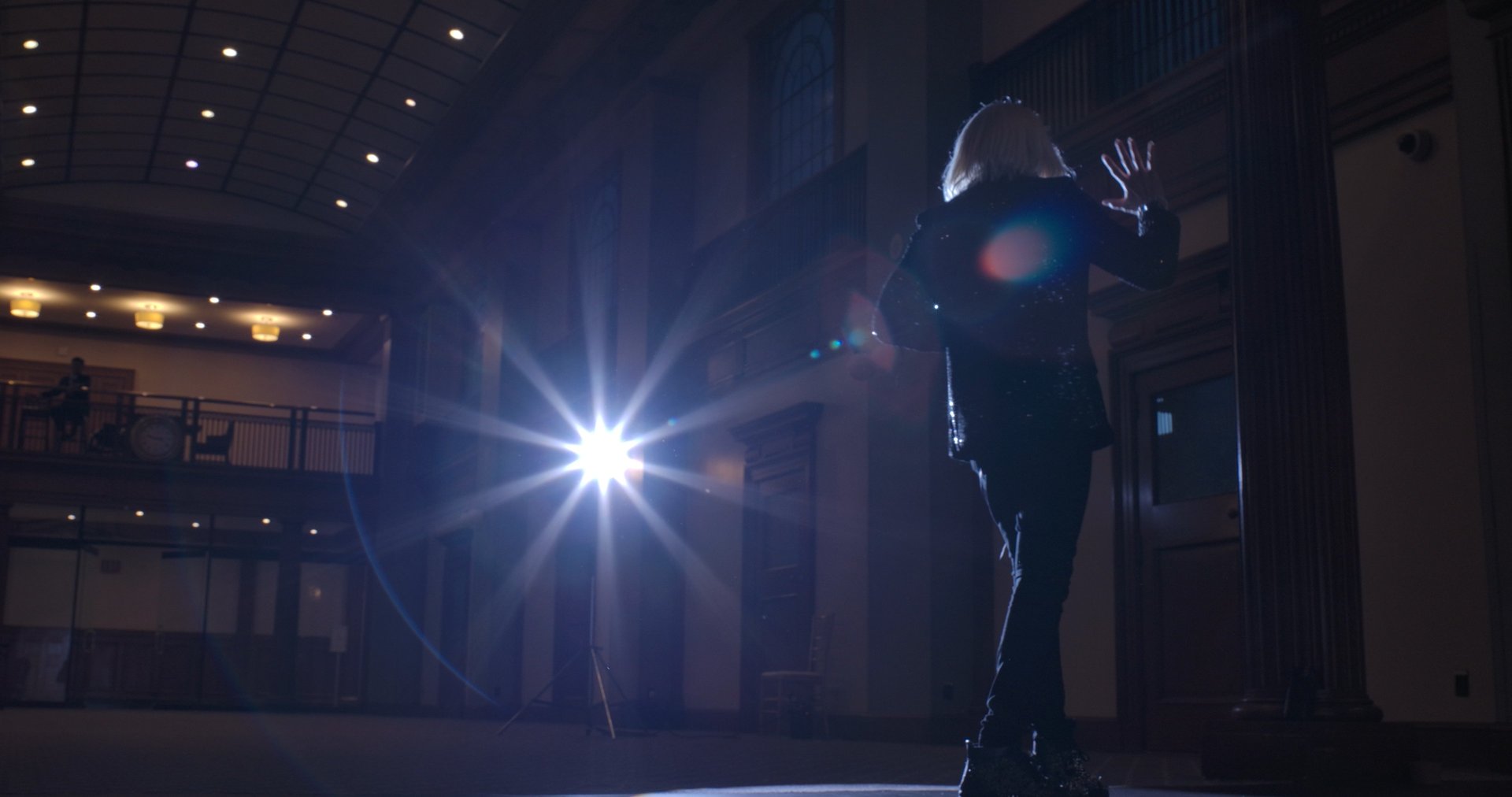
K-Pop's answer to A Star is Born & Black Swan
1st Global K-pop film
KBS Interview preview

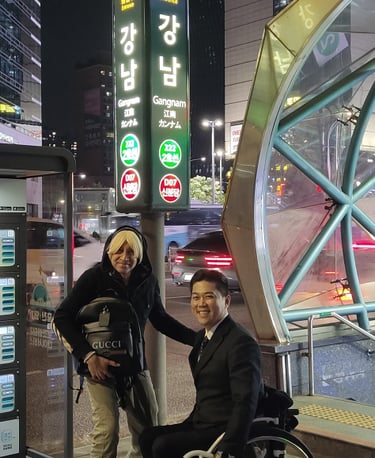
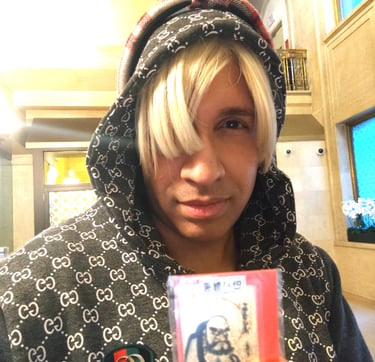

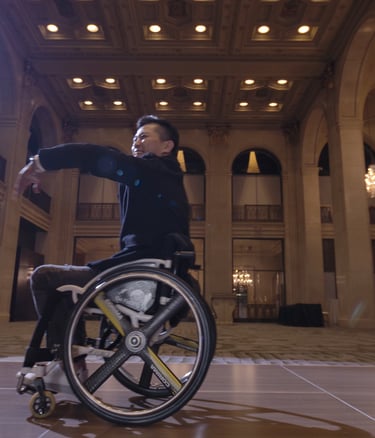

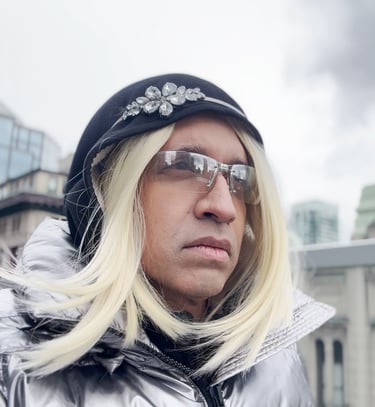

Interview with Soho
Q: Tell us a bit about yourself:
Soho: I was born in Canada and received a unique and historic honor from the Estate of Asia's first Nobel-Laureate Tagore who is popular in Korea for saying Korea was a beacon of Asian civilization. Tagore dreamed of a Pan-Asian Cultural Alliance to preserve the great Asian civilizations of Korea and improve ties with Japan and China. I'm blessed to have represented the Global Asian community at the world's top forums -- from the Olympics to the US Congress -- and am now producing films that can give a cool, creative and convincing voice for Asians and Asian culture. Like Jennie's ground-breaking video Zen pays tribute to Korea's Silla culture in a modern and mainstream way, I am working on films that will be as cool as anything you see in the West but with a soul that belongs to the East for we Asians must cultivate pride in our identity. That is why I'm working on 2 feature films being shot in over 20 nations and also building a Historic Asian Art Museum in Japan as well as releasing a unique fashion line that promotes Asian culture in a unique way. Indeed history in the making!
Q: Tell us about the film "Destiny: A Star is Reborn"
Soho: Having worked with more Olympians and Paralympians than perhaps anyone, I wanted to make an inspirational film that would be unique and life-changing to those who watch it. I really love underdog movies from Rocky to 8 Mile but wanted to make an inspirational film that is totally unique and unpredictable. The story of "A Star is Born" has been filmed 4 times winning 25 Oscar-nominations -- from Barbara Streisand to Lady Gaga. Destiny: A Star is Reborn is a unique and powerful twist of this quintessential story because instead of suicide, the main protagonist makes a comeback against all odds. And instead of being set in the world of American Rock, it is set in the world of Korean K-Pop which today is a far bigger global pop culture phenomenon that even influences fashion. So its the most original and inspirational dance film about overcoming adversity in pursuit of your destiny which is different from the standard "chasing your dreams" scenario. Often you have dreams but things don't work out as you hoped for or tragedies befall you. It's then that you must have faith and courage in fulfilling your destiny instead of turning to despair or worse suicide. In the Oscar-nominated film "What's Love Got To Do With it", Tina Turner uses Eastern culture to overcome a suicide attempt and then goes on to become the biggest female rocker of all time -- despite being of the wrong age and race at the time as a 40-something Black American woman. So Destiny: A Star is Reborn is a unique Korean version of Rocky meets Star is Born with an 8 Mile styled rawness-- but in the world of K-Pop thus tackling the many issues and challenges of being a pop-star without recycling cliches from other coming of age films. And like BTS is known for serious themes in their songs, this film deals with ableism and disabilities, alcohol abuse, depression, racism, ageism, suicide and a myriad of issues - in a subtle, nuanced and non-preachy way sans melodrama or virtue signalling.
Q: Explain your connection to the Oscar-winning giant Satyajit Ray and how has he influenced you as a filmmaker.
Soho: Satyajit Ray is widely considered one of history's greatest filmmakers -- who even influenced Oscar-winning giants like Martin Scorcese, Danny Boyle and Christopher Nolan. Ray's closest ever associate was the legendary actor and winner of the highest French award -- the Legion of Honor Soumitra Chatterjee - who played Apu in the historic Apu Trilogy widely considered one of the top 10 films of all time. Soumitra Uncle was also the star of a record 14 films by Ray and so knew Ray's cinematic style more so than anyone and he even "wrote the book on Ray". I knew Soumitra Uncle for decades -- ever since I was a kid -- and we worked together on short films to master the entire process of filmmaking -- from screenwriting to acting on camera. We have had many meetings at his home, over the phone and even on film sets for me to learn the techniques of Ray first-hand. An expert in Neorealism, Ray would often cast real people who best embodied the characters he was portraying more so than just conventional movie stars and even Soumitra would remind me that he was quite unknown when Ray cast him as Apu. The same technique of casting newcomers can be seen in the Harry Potter series for example. Like Ray, I too use Neorealism by casting a real-life paraplegic MJ Baek instead of hiring an actor to pretend to be disabled and thus fake the emotions of pulling yourself out of extreme despair. In fact, MJ became paralyzed on his first movie set but went on to win 100 medals including Korea's highest national honor and so the inspirational spirit is real, not "feel-good make-believe". Similarly, in my next film I have many fight scenes and all of the people I spar with are martial arts experts from a National Taekwondo Champion to a real Shaolin monk. And I perform all of my own stunts, without wires or body doubles, just like I performed all of the dance choreography myself. Similarly I shot Destiny on real locations in New York, Paris, Toronto, London and Seoul where I have been living to really relate to the spirit of K-pop -- like Tom Cruise lived in Japan while making The Last Samurai. My next movie is being filmed in over 20 cities across 12 nations so I take the viewer on a global journey -- again like Tom Cruise in the Mission Impossible series. Also, like Ray, I can handle many aspects of the production myself and am a strong advocate for Asians on the world stage. Further, Soumitra Uncle introduced me to Zhang Yimou who is also inspired by Ray and whose visuals are striking. Like Yimou, I too coordinate costumes with sets in lavish colors of gold, red and black to make each scene reflect old school Hollywood glamour in Destiny. And my next film has entire scenes inspired by Asia's greatest painters from Sesshu to Hokusai who influenced Monet and Renoir. So there is a lot of Ray's influence in my work -- and like him, I too believe that some stories need to be told regardless of commercial dictates - the true spirit of independent filmmaking.
Q: How did you train to play the lead role in Destiny?
Soho: Even independent films cost a lot of money and time and so the financiers wanted to find a newcomer who could be the ultimate underdog and yet convey the inspirational spirit of the film in a unique way. Its hard to find an actor who can dance (without body doubles) or to find a dancer that can act (without being overtly theatrical) and so I had to audition for a team of music industry experts who worked with major recording acts and performers including Usher and Chris Brown. They loved my unique fashion sense and what they called the "style, fluidity and precision of my dance moves". Also, as I knew the Olympic spirit and motivation better than anyone and as I am unique in my look and appearance, they felt I would be the ultimate underdog -- opposite of the cookie cutter image of an "idol"-- and so relatable to everyone who is the quintessential "long shot outsider". Even BTS and Blackpink were initially underdogs as Asians in a Western dominated industry and then Lisa and Sakura were underdogs as non-Korean artists in Korea. So it made sense for me to play this ultimate underdog outsider -- not a pampered "pretty boy" pretending to be one. Same for MJ Baek who is a real paraplegic actor and so really knows what it is like to rebuild after a tragedy. I trained for many hours a day to make sure I could pull off every dance move myself -- without any body doubles. I entirely re-sculpted my physique to have the 6-pack washboard abs of a dancer or Bollywood movie star. And as I was also directing, I had to just know by the feeling if the take was ok or had to be redone -- because it's not always possible to interrupt the flow by studying the monitor after every shot - especially as were filming on these grand Hollywood sets and using long-shots to depict the character's isolation. Then I literally became the character on and off set -- and created unique traits. For example, a rocker can look shabby to show depression but a Kpop star always looks like a fashion model -- always -- even on his worst day -- as BTS leader RM roars "Everyday we Vibin... Micdrop Bam!". Therefore I could not rely on makeup and a dishevelled wardrobe to show depression but had to really convey depression trapped within my fashionable facade. Similarly, a rocker can stumble around when drunk but a dancer will inherently move with grace even when inebriated. I rarely drink myself as I am a health freak so had to consume alcohol to understand the feeling of being drunk and yet in denial. Similarly, in the movie I am recovering from brain surgery and so I spent time in hospitals and decided that instead of hiding behind sympathy-seeking bandages, I would use creative hairstyles to cover the scarring -- the same way Michael Jackson did when his scalp got burned during a Pepsi commercial. In fact my real hair is long and black but I use the blonde highlights as a trademark style that also has a lot of symbolic meaning. So my job was to make it look easy though delivering a highly layered performance where I must portray suicidal depression while looking fashionable and show vulnerability while still fronting as innately cool at the same time. Kpop stars are so trained and programmed to present themselves as perfect that the flaws have to "peak through" as opposed to "spill over" and this was the challenge for my character. This nuanced and measured approach reflects Satyajit Ray's realistic filmmaking instead of over the top hemming and hawing that some actors use to portray suicidal depression and alcoholism.
Question: What role does fashion play in the film?
Soho: During the Olympics, I was the only person given special permission to actually live with the medalists in their apartments and travel with them to the stadiums -- and everyone was inspired by BTS tracks like "Micdrop", "Not Today" and "Bring it On" as they all had very inspirational fight-back themes. Similarly, the anthemic How You Like That by Blackpink can empower any age group just like Eminem's Lose Yourself. And the visuals play a key role in K-pop. All of the coolest brands have K-Pop ambassadors -- be it Chanel with Jennie, or Louis Vuitton with Lisa or Bottega with RM or Dior with Jisoo and the list goes on. And this is excellent for giving Asians the Main Character Energy that changes stereotypes. Even when Jennie raps on Solo -- "Solo, oh well, all me Cross C's Coco Chanel" or when Lisa clarifies "Still in Celine, Designer Crimes or it wouldn't be me", -- its quite undeniable that fashion is vital to Kpop. So we spent a lot securing limited edition fashion ensembles from the absolute top brands from Chanel and Louis Vuitton to Dolce & Gabanna and even Christian Louboutin boots which are not comfortable to walk in let alone dance in -- but make the ultimate statement. But while many films just flash some logos, we pay homage to the legacy, heritage and meaning behind the fashion brands and pay a genuine tribute to the designers. I also debut many unique, custom made fashion accessories from the Ronin Soho Collection and they are uber intricate taking hundreds of man hours to fuse the highest quality leather, chainmail and embedded LED lights. Jennie's video on the smash Zen depicts futuristic versions of the Wonhyo female Zen Buddhist warriors of Silla, Korea and the Ronin Soho collection -- which was designed before the release of Jennie's breathtaking Video for Zen -- pays a cool, futuristic tribute to Hwarang warriors who are the predecessors of K-pop stars -- fashionable role models that were also skilled in music and dance. In fact, I am also the first in fashion to feature custom made blazers in one of a kind silk fabric with hakamas and traditional Asian skirts worn by men during the Golden eras of Korea, Japan and China. So I am very proud of the Ronin Soho Collection that boasts the highest artisanal craftsmanship and fuses Eastern and Western elements. The film is in post production and so this year itself both the film, and the fashion line prototypes inspired by the film, will be ready. I'm also working on my second feature film on the greatest warrior-monk of Korea, Japan and China as well as building a Museum so you can imagine how busy I am. Like the clubs of Itaewon, I too never sleep ha ha! Stay tuned for more updates from my Team as I am too busy to deal with social media & so am on a hiatus from Instagram et al.
